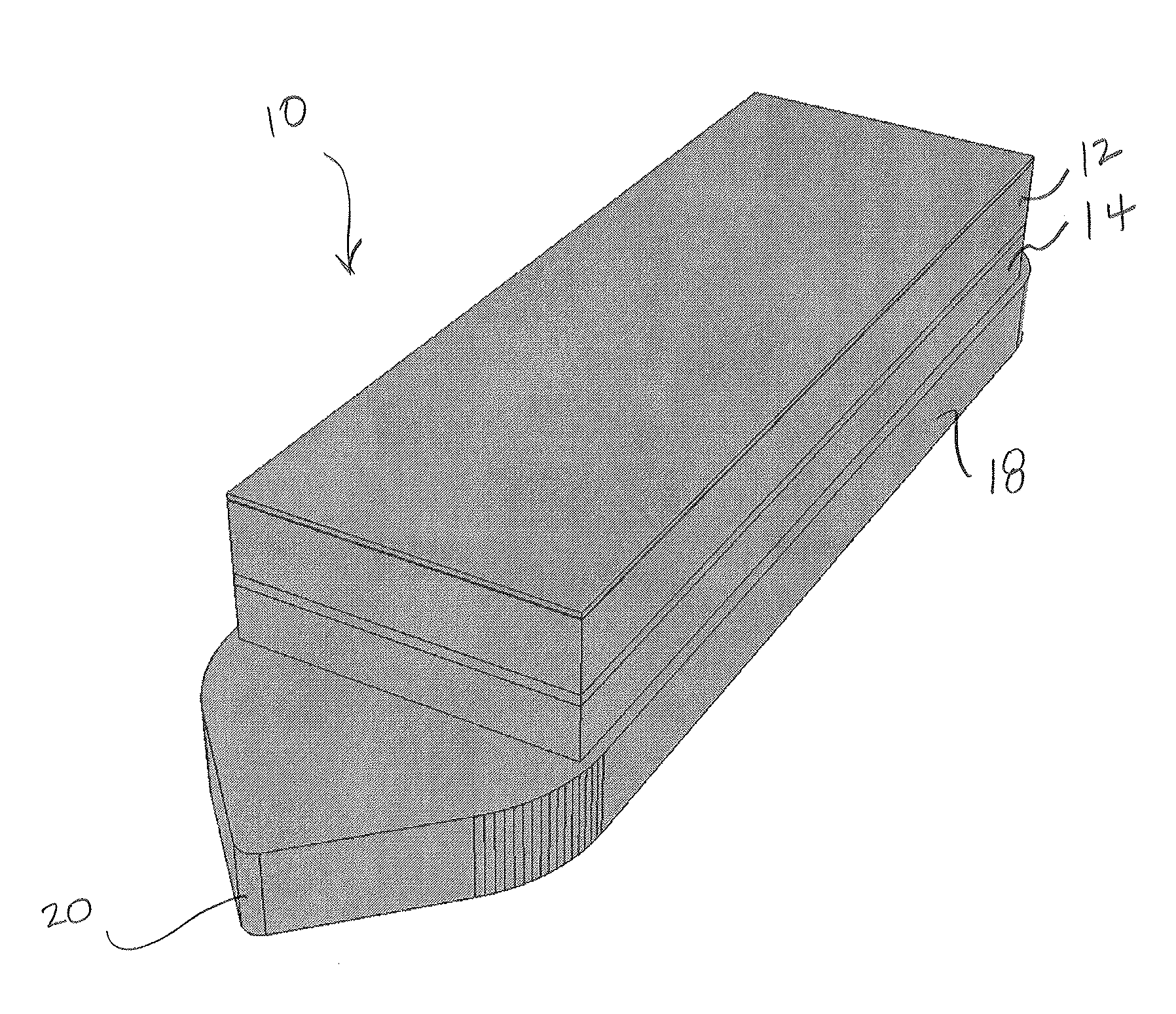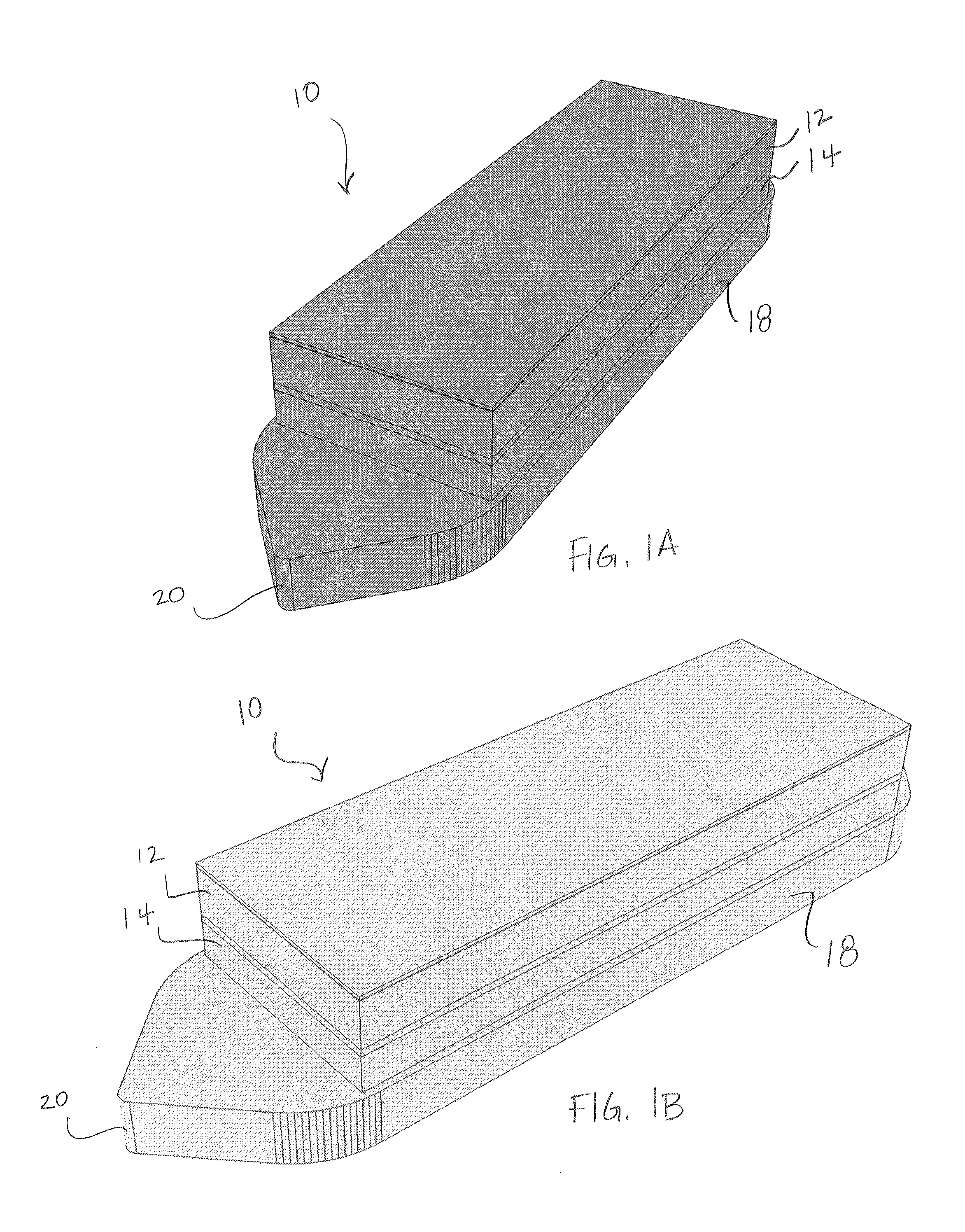Hermetically sealed implant sensors with vertical stacking architecture
a technology of implant sensors and stacking structures, which is applied in the field of hermetically sealed implant sensors with vertical stacking architecture, can solve the problems of affecting the vision of the affected eye, irreversible blindness if left untreated, and approximately 10 million physician visits each year, so as to reduce patient complications, quick and easy implantation procedures, and reduce health care costs. the effect of 1.5 billion dollars annually
- Summary
- Abstract
- Description
- Claims
- Application Information
AI Technical Summary
Benefits of technology
Problems solved by technology
Method used
Image
Examples
Embodiment Construction
[0044]Embodiments of the present invention provide improved MEMS based pressure sensor implants for accurate and continuous measurement of IOP that can be beneficial in the treatment of eyes, for example beneficial in the treatment of glaucoma. FIGS. 1A and 1B illustrate isometric views of a vertically stacked implantable pressure sensor device 10 for measuring IOP according to embodiments of the present invention. The implantable device 10 comprises vertically stacked heterogeneous components, namely a first MEMS wafer or die 12 and a second CMOS wafer or die 14. The first wafer 12 comprises at least a pressure sensor configured to measure IOP on a frequent or desired basis (e.g., 1 sample per hour, 2-4 samples per day, etc.). The second wafer 14 comprises at least a digitizing ASIC. In some embodiments, the ASIC includes a microcontroller to enable firmware update of the implant, customization of sampling function (rate / window, accuracy, resolution, etc), auto-adaptative sampling ...
PUM
 Login to View More
Login to View More Abstract
Description
Claims
Application Information
 Login to View More
Login to View More - R&D
- Intellectual Property
- Life Sciences
- Materials
- Tech Scout
- Unparalleled Data Quality
- Higher Quality Content
- 60% Fewer Hallucinations
Browse by: Latest US Patents, China's latest patents, Technical Efficacy Thesaurus, Application Domain, Technology Topic, Popular Technical Reports.
© 2025 PatSnap. All rights reserved.Legal|Privacy policy|Modern Slavery Act Transparency Statement|Sitemap|About US| Contact US: help@patsnap.com



